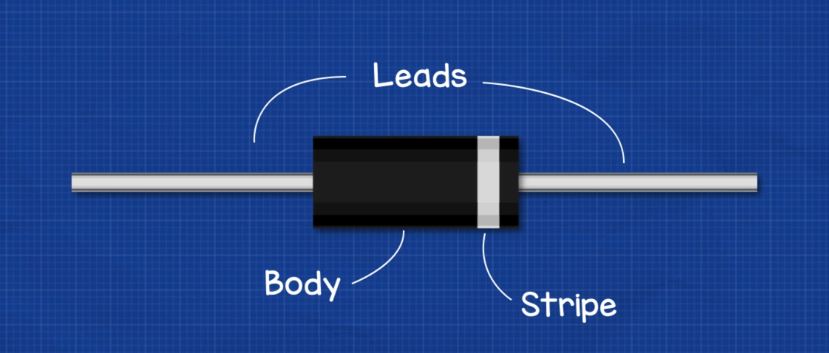Zener (a.ka. torrential slide or breakdown) diodes are p-n intersection semiconductor gadgets intended to work in the opposite breakdown locale of their VI trademark bend. By keeping up with their converse current inside specific restricts, the voltage drop across the diode will stay steady. On the off chance that kept up with in this method of activity, the diode will go about as a voltage reference. Inspect the spec sheet for a commonly torrential slide diode – Vz is the Zener voltage estimated at a given test current Izt. The knee current Izk, is the base current through the gadget to keep a steady Vz. Since the powerful obstruction at the knee of the reaction bend is high, on the off chance that ongoing through the gadget is underneath Izk, guideline will be poor. Izm is the greatest Zener current that can be passed without surpassing the most extreme allowable power dissemination. Abuse this and the gadget will transform into smoke before your eyes.
 For activity as a voltage reference, a Zener diode should be opposite one-sided. At the point when the opposite voltage is more modest than Vz just the ordinary diode switch immersion current is permitted to stream. At the point when forward one-sided it acts like a standard silicon diode – an enormous forward current streams, and the forward diode voltage is commonly 0.7 V. Torrential slide diodes are accessible with keeping up with voltages from a few voltages to a few hundreds volts and with power dispersal evaluations up to 50 Watts.
For activity as a voltage reference, a Zener diode should be opposite one-sided. At the point when the opposite voltage is more modest than Vz just the ordinary diode switch immersion current is permitted to stream. At the point when forward one-sided it acts like a standard silicon diode – an enormous forward current streams, and the forward diode voltage is commonly 0.7 V. Torrential slide diodes are accessible with keeping up with voltages from a few voltages to a few hundreds volts and with power dispersal evaluations up to 50 Watts.
The temperature responsiveness of a Zener diode (temperature coefficient) is given as a rate change in reference voltage per centigrade degree change in the photodiode array detector temperature. This number is ordinarily in the scope of +/ – 0.1 percent per deg C. The heading of the change is connected with the instrument of breakdown (torrential slide increase versus Zener breakdown). By and large, assuming that the reference voltage is above 6V the coefficient is positive, if beneath, negative. A few makers have created temperature remunerated reference diodes by consolidating a positive temperature coefficient breakdown diode with a forward one-sided, negative temperature coefficient, silicon diode in a solitary bundle (for example the nonexclusive 1N829, a 6.2V reference diode with a temperature coefficient of +/ – 0.0005 % per deg C over a scope of – 55 to +100 deg C). As opposed to utilize a solitary bigger diode it is many times better to put different breakdown diodes in series while planning a high voltage reference. This mix permits higher voltage, higher power dispersal, lower temperature coefficient, and lower dynamic obstruction (the proportional slant of the volt-amp bend in the working area). Obviously, this is a more expensive arrangement than a solitary diode.


